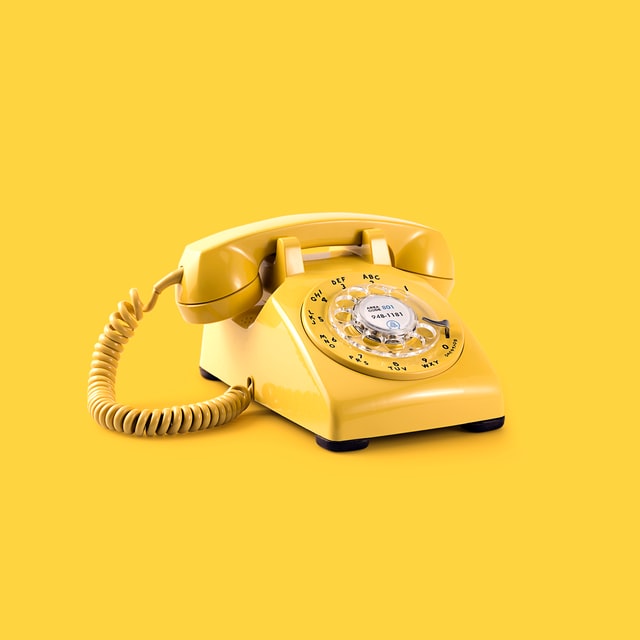In 1876, Alexander Graham Bell placed the first telephone call. Nine years later, he may have been one of the first Americans to produce recorded sound. With the help of the latest imaging and computer technologies, for the first time, a recording of Bell’s voice from 1885 has been duplicated and played by the Smithsonian Museum.
The Museum’s collection of early sound has held the recording, as well as many other pieces of Bell’s work, for more than 130 years. The recording is imbedded on a disc of wax and cardboard, covered in grooves, and for decades, curators at the Smithsonian Museum have suspected that it contained some sort of sound recording. It is even similar in construction to Thomas Edison’s recording from 1888, which was previously considered to be one of the oldest known sound recordings. Unfortunately, the disc is extremely fragile, and Museum curators were unable to test their hypotheses.
Early sound recordings were commonly made by creating grooves in wax. The width, depth, and variations in the grooves produced the sounds. Unfortunately, much of the information about the individual sounds is contained deep within the grooves, and to play the recordings with modern equipment would risk damaging them, destroying the grooves, and rendering them unplayable. Add to this the fact that a two-dimensional image can’t capture the information at the bottom of the grooves, and you can see why Smithsonian Museum curators allowed the disc to remain silent for so long.
New imaging technology, first used by scientists studying 1860s French recordings at the Lawrence Berkley National Laboratory, allows scientists to take ultra-high-definition, three-dimensional images of historic recording devices. Scientists at the Smithsonian Museum imaged the Bell recording, then fed the image into a computer. The computer measured all of the grooves on the recording’s surface in three dimensions, then created an algorithm that allowed the computer to reproduce the recording digitally, without ever making physical contact with the fragile disc of cardboard and wax that Bell originally created. In this way, the Museum curators could hear the recording without risking damage to the historic artifact.
Once a digital recording was created, though, the Smithsonian Museum curators’ work was not finished. Several years ago, an inventory of the entire collection of early recorded sound was made. Within the collection were what were believed to be transcripts of the recordings it contained. Curators were able to match the contents of the Bell recording– Alexander Graham Bell reading a series of numbers and signing off with an audio signature– almost exactly to one of the transcripts. This helped the scientists be confident that their findings were authentic.
The technology that was used to hear Alexander Graham Bell’s voice for the first time in over 100 years was originally developed for less historic pursuits. Ultra-high-definition three-dimensional imaging is used to make sure touch screens are perfectly flat, build custom fillings and dental appliances, and map microchips and optical components for computers. While today’s inventors are producing new technologies thinking to the future of quality control, their products are helping museum scientists take a look into the past and hear sounds that once were thought to be lost. Today’s inventors are helping to preserve the memory of their predecessors, the inventors of days gone by.

